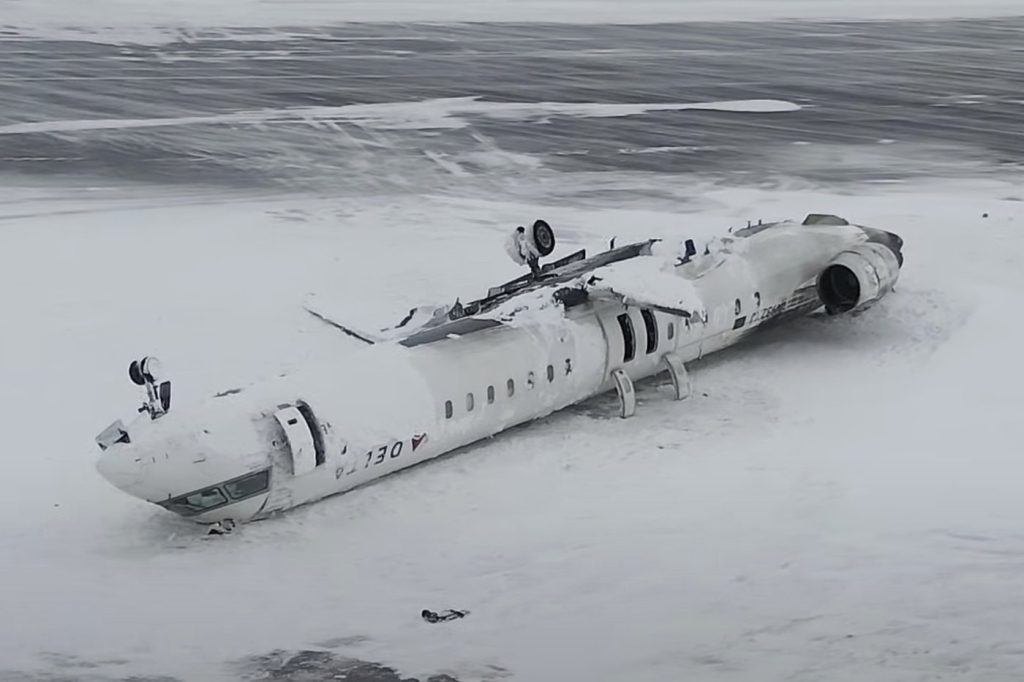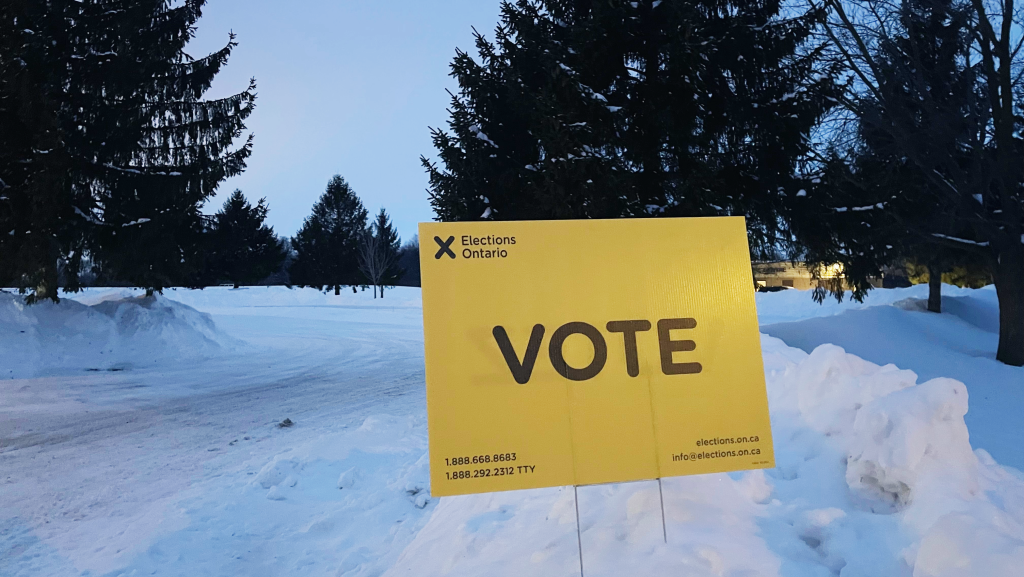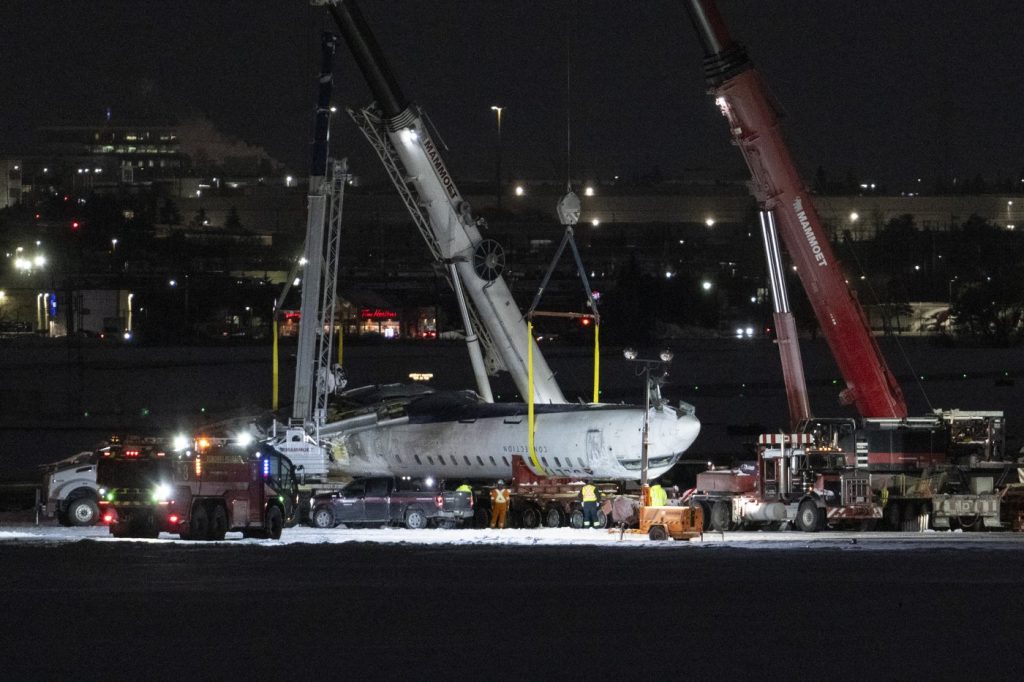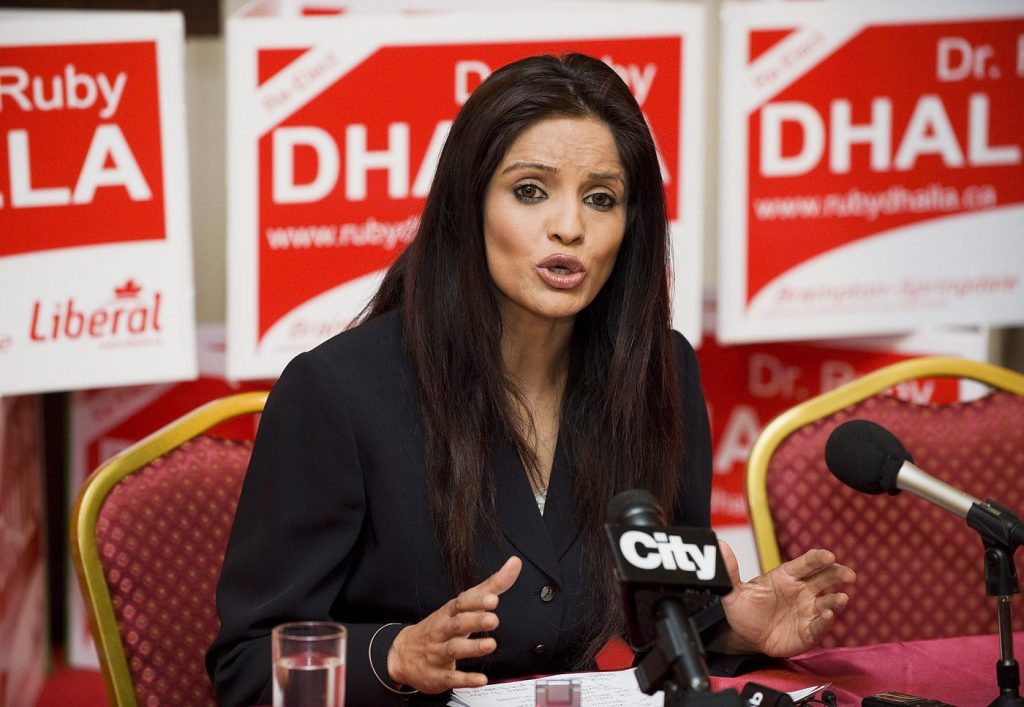Everyone agrees kids are safer flying in their own seats, but no one requires it. Why?

Posted Feb 22, 2025 06:07:59 AM.
Last Updated Feb 22, 2025 08:04:31 AM.
The crash landing of a Delta Air Lines flight in Toronto this week highlighted the potential dangers of flying with a young child sitting on an adult’s lap. The plane flipped over, which would make holding onto a baby extremely difficult.
Authorities haven’t said whether the 18-month-old child who was injured in the crash was riding on a parent’s lap. All 21 people who were hurt were released from the hospital, but young children have died in previous crashes.
Despite the recent rash of aviation disasters, airline crashes remain rare, but children could easily get hurt if they are on a parent’s lap when a plane encounters turbulence.
Experts agree it’s safer for children younger than 2 years old to have their own plane seats and ride in approved car seats when flying, even if families have to pay for an extra ticket. But babies are still allowed to travel in laps, so parents continue doing it despite the risks.
“The saddest part is that most families who travel with a lap child think that because it’s allowed, it’s safe,” said former flight attendant Jan Brown, who had to look a mother in the face after she had just lost her 22-month-old son when their plane crashed and broke into several pieces near Sioux City, Iowa, in 1989.
Brown stopped that mother from climbing back into the wreckage of United Flight 232 after it came to rest upside down in a cornfield.
“I told her what I thought would stop her: that rescue workers would find him. And she just looked up at me and said, ‘You told me to put my baby on the floor. And I did. And he’s gone.’ And so I think that was the moment that I became a child seat advocate,” Brown said.
Of the four lap children on that plane, three were injured and the woman’s son was among the 112 people who died.
A 6-month-old boy traveling on a parent’s lap was killed in 2012 when a plane landed hard and overran the end of a runway in Nunavut, Canada. Last year, three infants on laps could have been sucked out of an Alaska Airlines plane after a door plug flew off midflight, but none were sitting close enough to the opening for that to happen.
What do experts recommend?
The National Transportation Safety Board and its counterpart in Canada, the Transportation Safety Board, have long recommended that young children fly only in approved car seats to protect them. The Federal Aviation Administration also recommends the use of car seats but doesn’t require it despite lobbying from advocates.
In addition to those safety regulators, the American Academy of Pediatrics and most major airline trade groups and unions support requiring young children to fly in approved car seats.
The main crash investigators in the United States and Canada started recommending car seats for children under 2 and specialized restraint systems for older kids until they are taller than 40 inches (102 centimeters) after the deadly crashes in their countries decades ago.
“We’ve all been there at that point in your life when you’ve got young children. You’re not swimming in money. You’re trying to save nickels and dimes any way you can. And if you can avoid buying an extra seat, it’s a completely understandable reaction,” NTSB member Tom Chapman said. “It’s just that people don’t understand the risk that they are subjecting their child to by not buying that seat and properly restraining them.”
Not only is it safer for children to ride in their own seats, but it’s more enjoyable for parents who don’t have to hold a squirming baby for hours in the air.
Safety advocate and mother Michelle Pratt, who founded Safe in the Seat, said no matter how tempting it is to check that lap child box, families should get everyone a ticket.
“Your baby could cost less than your checked suitcase. Why not take advantage?” Pratt said.
What do parents think?
Some parents like Clare Ronning aren’t convinced. After landing in Burbank, California, with her husband and 5-month-old baby Thursday, she said she doesn’t see a need for a car seat on a plane.
“I don’t really see the difference, personally,” said Ronning, who already has taken her daughter on six flights. “It just seems like another money grab.”
But Meredith Tobitsch never imagined flying without a seat for her 3-year-old daughter and won’t do it with her 14-month-old now, either, because of safety and practical concerns.
“If there was turbulence, your natural reflex would be to let go of your child,” said Tobitsch, who lives in Connecticut, adding that her oldest daughter always slept better in her car seat, making the flights much more enjoyable.
“Obviously, that does add to the cost of air travel for families, but it is a safety thing. At least for us, we’re fortunate to do that,” she said.
Why isn’t it required?
The FAA relies on a study done in the 1990s to justify not requiring families to buy tickets for children younger than 2.
The rationale is that if families had to buy those extra tickets, more of them might drive instead of fly. Because driving is riskier than flying, that would mean more kids would die in car crashes than would be saved in planes if car seats and separate tickets were required.
Chapman with the NTSB thinks that logic is a stretch and the study should be revisited, particularly since airline tickets are more affordable today.
But parent Andrea Arredondo suggested there might be some truth to it, saying she might fly less if she had to buy a ticket and lug along a car seat for her 4-month-old when flying with her family and two older kids.
“I would be more likely to decrease our plane travel than bring a car seat,” Arredondo said, explaining she and her husband already have their hands full traveling with three kids, three car seats that they check, a stroller and play set.








